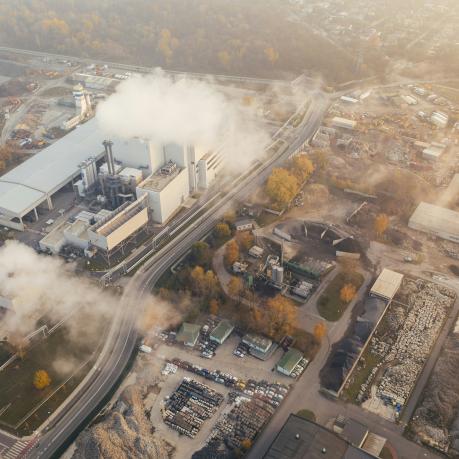Administrative title
Heat, Hops, Hallertau
Exploring Implications of Climate Change for the German Beer Sector
Authors (text)
Kind, Christian and Theresa Kaiser
2020 | In: Hoalst-Pullen N., Patterson M. (eds): The Geography of Beer. Cham: Springer-Verlag, Chapter 8
